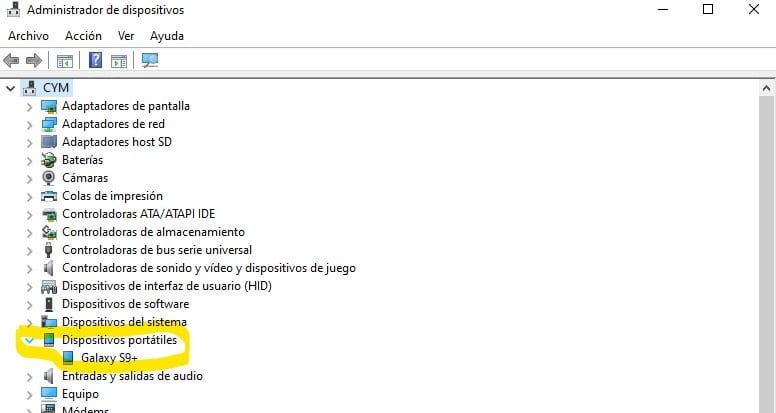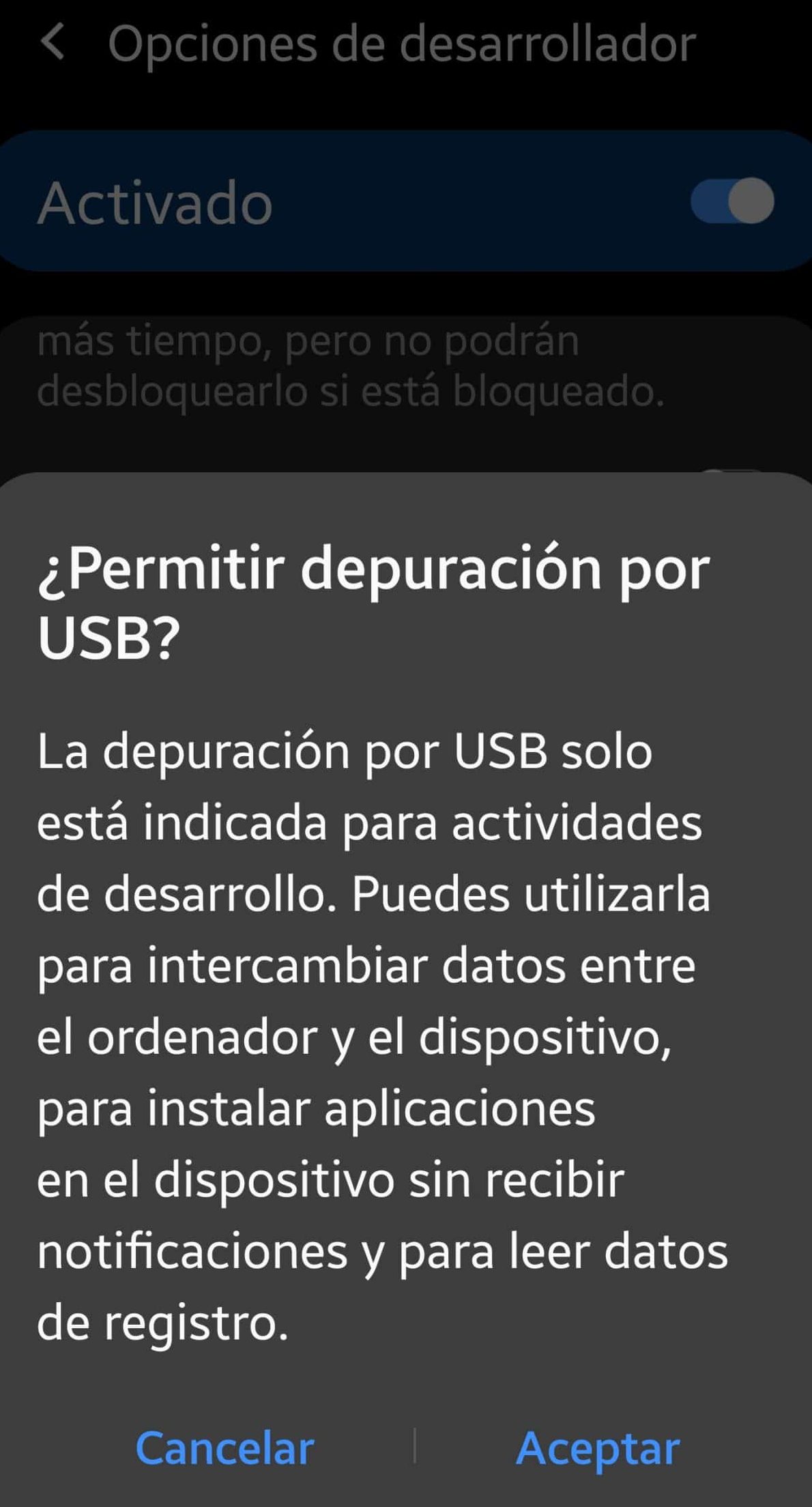On many occasions, if you have ever obtained a mobile phone thanks to the company that provides you with fiber, data and mobile line, you will have seen that this terminal usually includes a number of pre-installed applications that are of little use. In addition to taking up space, they can sometimes be annoying in their daily use.
But today we will see different ways to eliminate them in a simple and fast way. I'm sure it will come in handy at some point. Since with the use that we give to mobile phones it will be good for us to gain memory and space, especially in those terminals that are scarce of these characteristics.
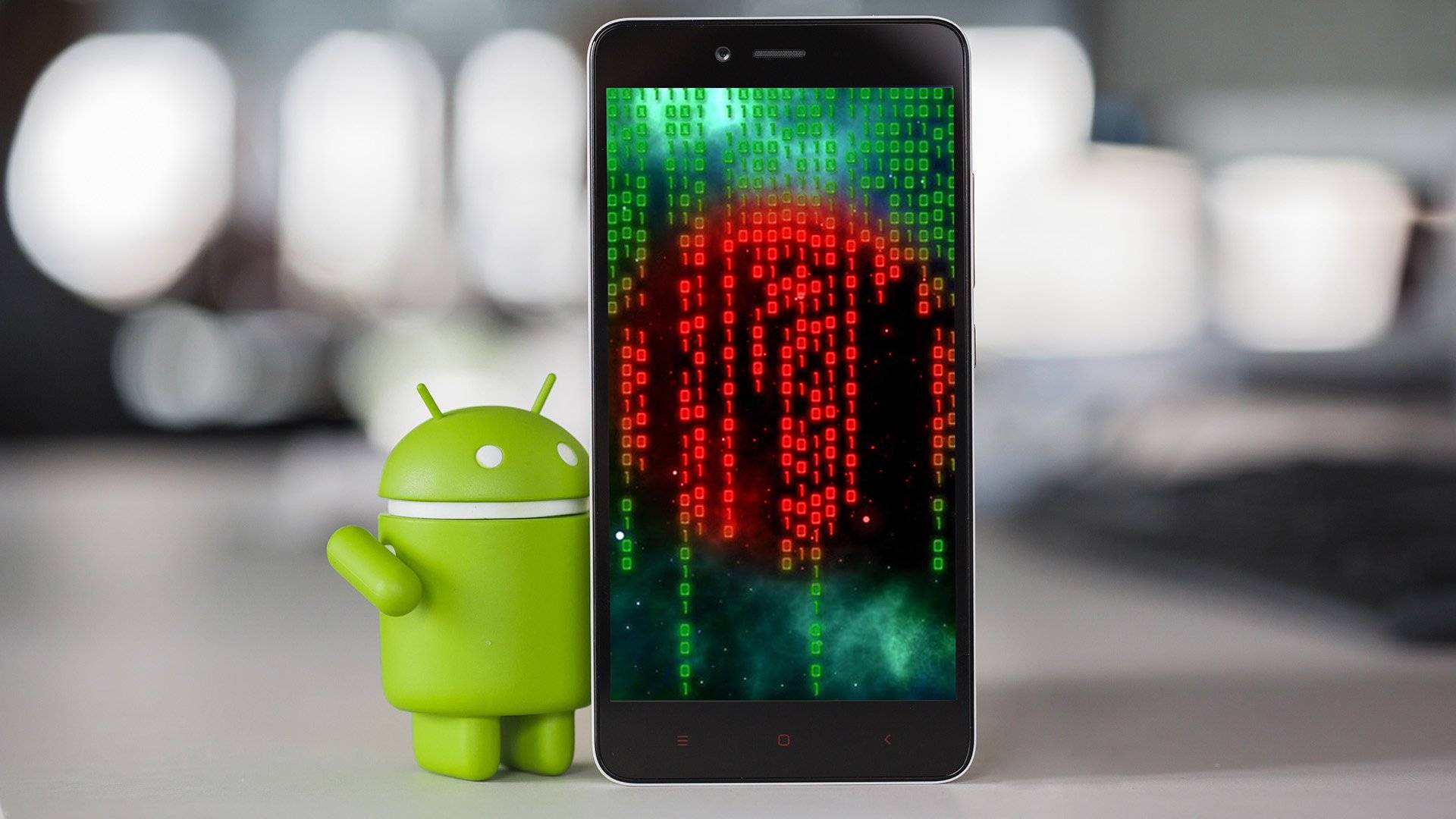
When starting the process keep in mind the applications you are going to uninstall, since if you delete any such as Gmail or the browser you can reinstall them without problems, but be careful not to delete those such as the native camera, or the application to make calls, since it would stop working correctly.
Those applications that are already installed on our phone they are called bloatware, and usually they don't do much good and they are expendable. In general, they are usually applications from the manufacturers or phone companies that supply us with the smartphone.
USB debugging
The method that we are going to use is very simple, and for this we have to activate USB Debugging. It is as simple as entering the mobile Settings and clicking on the option called Phone information. It is usually located at the bottom of those options. Once located Phone Information, you will have to press seven times on the option Build Number, also located at the bottom, and thus activate the developer options, among others, to activate that USB debugging.
As you can see, you must enter System and Options for developers. Once inside you will find the section of Wastewater Treatment, and there activate the option highlighted in the image. You just have to slide the button to the right and everything will be ready to start the process.
Install the USB Driver of your mobile
The next step is to locate the USB controller of your smartphone, with this we will be able to access the software of our terminal from the computer and continue the task. For it you must access this website in which you can find the brand of your smartphone and its drivers in question.
Once you have located and downloaded the USB driver, you just have to follow the instructions to install or update it depending on the first installation you made and the version of Windows you are working with. At this moment you must go to your computer, and in the start menu or in the search you write: Device administrator which will appear along with many other options.
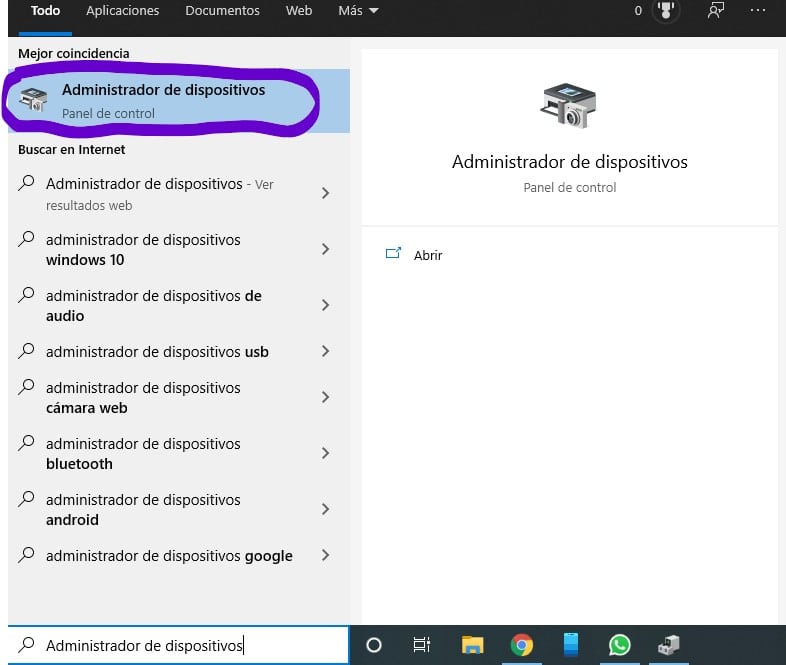
You must have your smartphone plugged into the computer via USB, search and expand Portable devices, or Other devices, depending on the option that appears on your screen.
When we are inside the Device administrator, we must look for the name of our mobile in the section Portable devices, if it does not appear you should look for the option Other devices. And once located, click with the right button of your mouse on the name of your mobile, a menu will appear in which we must click on Update Driver.
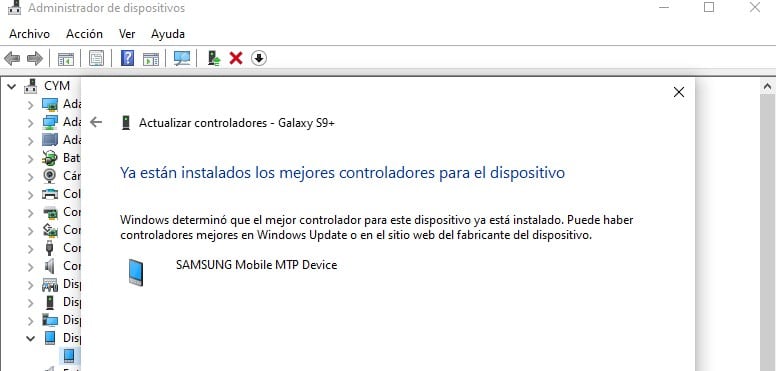
As you can see again in the image, Windows assistance opens, giving us two options to search for controller software either online or on your own computer (Search your computer for driver software). And once we have done it you must write the address where the controller is located from the manufacturer, and click on Next. A message will appear stating that the driver has been updated, or that you already have it updated.
Platform-Tools
Now in the third step, we must download the tool Platform-Tools, which we can find both for WindowsAs for MacOS O well GNU / Linux. When we have it, we only have to unzip it, since it is a .zip file and with the smartphone connected to the computer, we open the Windows Start menu now enter el Command Prompt or in windows powershell, both options are valid.
We just have to go to the folder in which we have unzipped the folder platform-tools. If you don't know how to do it, just write CD/ to get to the root C :, and from there write the address with cd in front, an example would be cd Downloads \ platform-tools.

It is possible that while we carry out this process, either when writing or when we start the tool, it throws us some kind of error, in which it tells us that we do not have adequate permissions or something similar. It is at this moment when we should go to our phone. There we will see a screen in which we are asked if you want to debug the device by USB. As the answer is yes click on the button Allow and then we rewrite the command that returned the error.
We return to our computer and in the Command Prompt we must execute Platform-Tools write the command adb shell and press Intro. Once done, you will see a series of changes in the place where you must write as you can see in the following image:

It is now when the real procedure begins to uninstall those applications that we do not want to have on our phone. We must write the command pm list packages / grep "name of OEM / Operator / Application" so that the list of the application packages we have chosen appears. The next step is write the command pm uninstall -k –user 0 "application package name" to uninstall the application.
So that you can see it better, we are going to give an example, and we are going to uninstall Google Maps. Therefore, first you have to write the following command: pm list packages | grep Maps. This will show the internal address of the application. The next step is to type pm uninstall -k –user 0 com.google.android.maps and press Enter. The system will notify us that it has been uninstalled with the message «Success ».
If you search on your mobile you will see that the application is no longer on your list, and you will have freed up memory and space on your smartphone.

